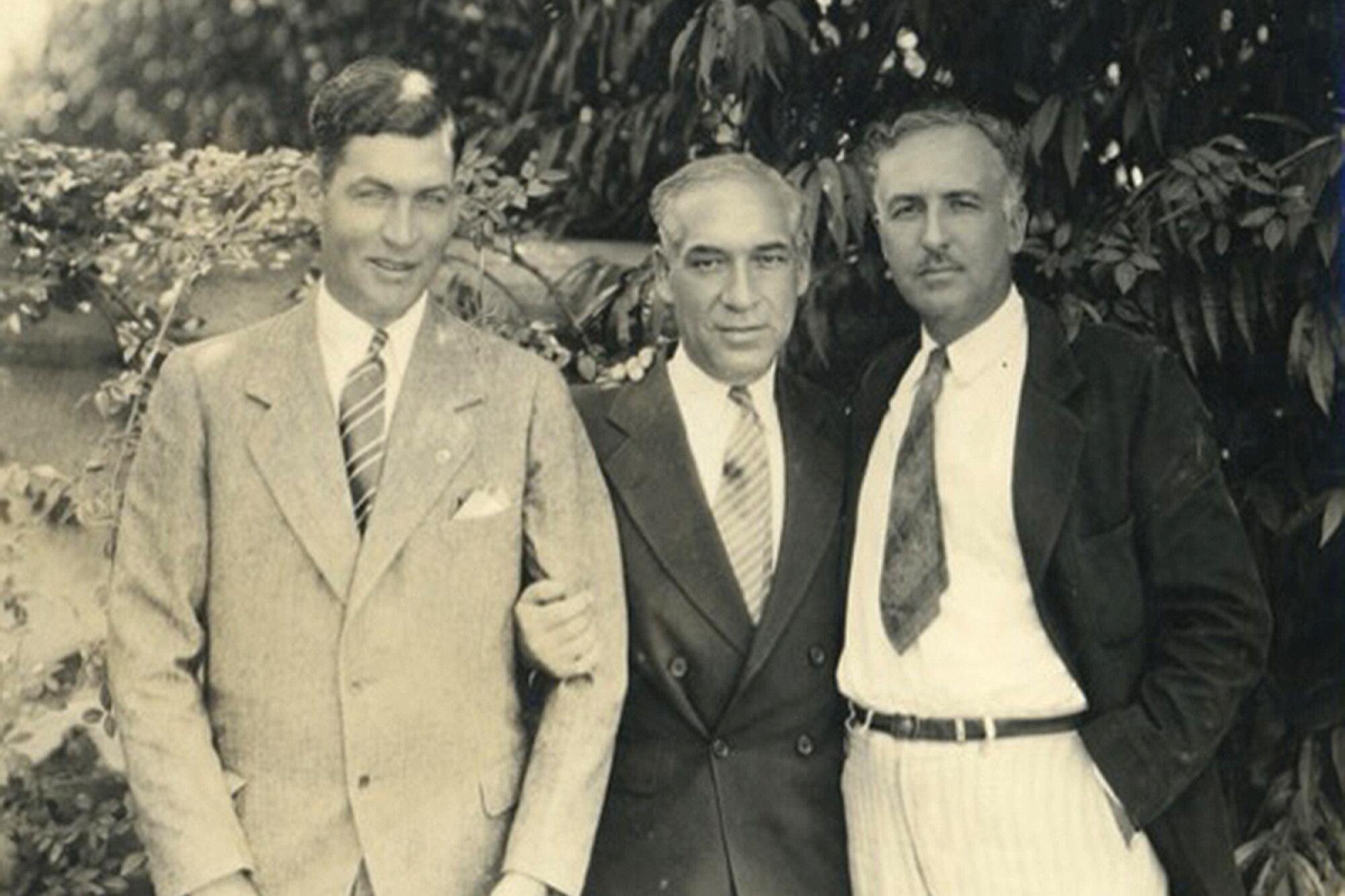
The critical success of the FX series “Reservation Dogs” and the spotlight on performers like Lily Gladstone, an Academy Award nominee for “Killers of the Flower Moon,” have heightened awareness of Indigenous cultures and stories, particularly in Hollywood, where until recently they’ve been mostly caricatured — or absent — during the century-plus history of the entertainment industry.
But Indigenous people weren’t completely invisible in show business, as I learned during a decade of weekly conversations — family history lessons — with my great-uncle Wally Fox before his death at the age of 96 in 2022. Inside his ramshackle Westside home, Wally gingerly positioned his bony frame sideways on an armrest of his recliner and played the role of raconteur, narrating remarkable stories about our lineage. The most notable were a series of vintage Hollywood tales — about his father, Wallace Fox Sr., and his father’s brothers — that had been forgotten like a stack of dusty unsold scripts.
The plot lines were compelling, incorporating the discovery of Mexican actress Dolores del Rio, the B-movie assembly line of the 1920s, ’30s and ’40s, and three siblings from the Chickasaw Nation who somehow thrived in the early years of the motion picture business. Sometimes they used their Indigenous heritage to their advantage. Collectively, the Fox brothers — my father’s relatives — wrote 50 films, directed 153, produced 33, acted in 37 and assisted in directing 14. They even directed westerns at a time when Indians were always the bad guys.
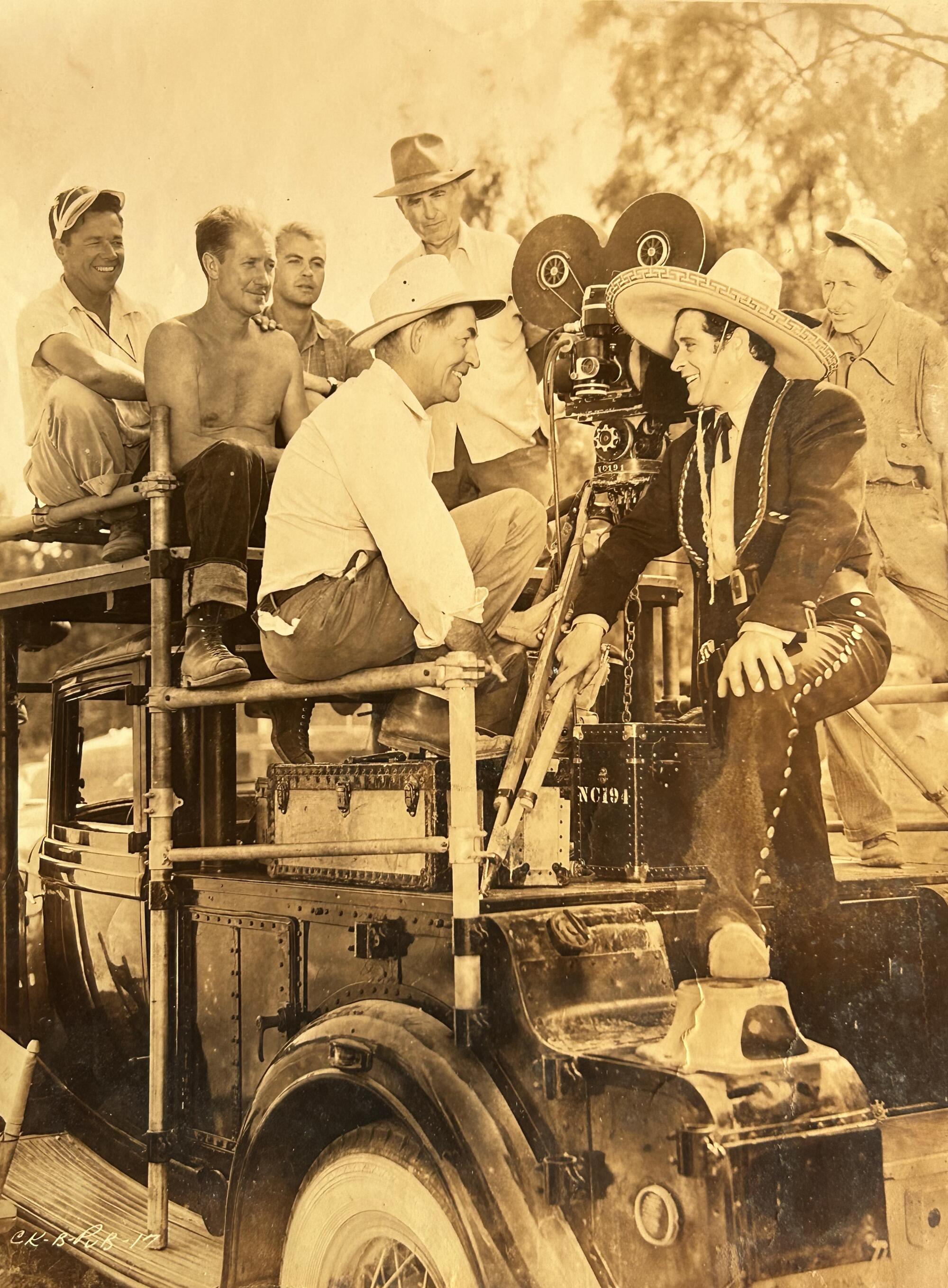
Wally’s stories about his father and uncles were a revelation for someone whose childhood was a primer of 1970s parental dysfunction and instability. My own father was not much of a presence, so I naturally leaned on my mother’s side for identity. Yet even as I connected with her family, I often wondered why there was no one else like me, no one who remotely shared my interests, skills or path.
I was a pretty creative kid, even attempting to write a soundtrack to a school play about Cortés and Montezuma in the second grade. Ultimately, I became a storyteller — a writer, journalist and producer. It was a natural progression: With a dad who had little interest in parenting, and a mom and stepdad who were more or less conventional, my imagination became my best friend, and in some ways, it still is.
After years of listening to Wally, and a lot of subsequent research to learn more about my father’s family, I have a much better understanding of who I am — that I am a part of a creative lineage, that perhaps I inherited something.
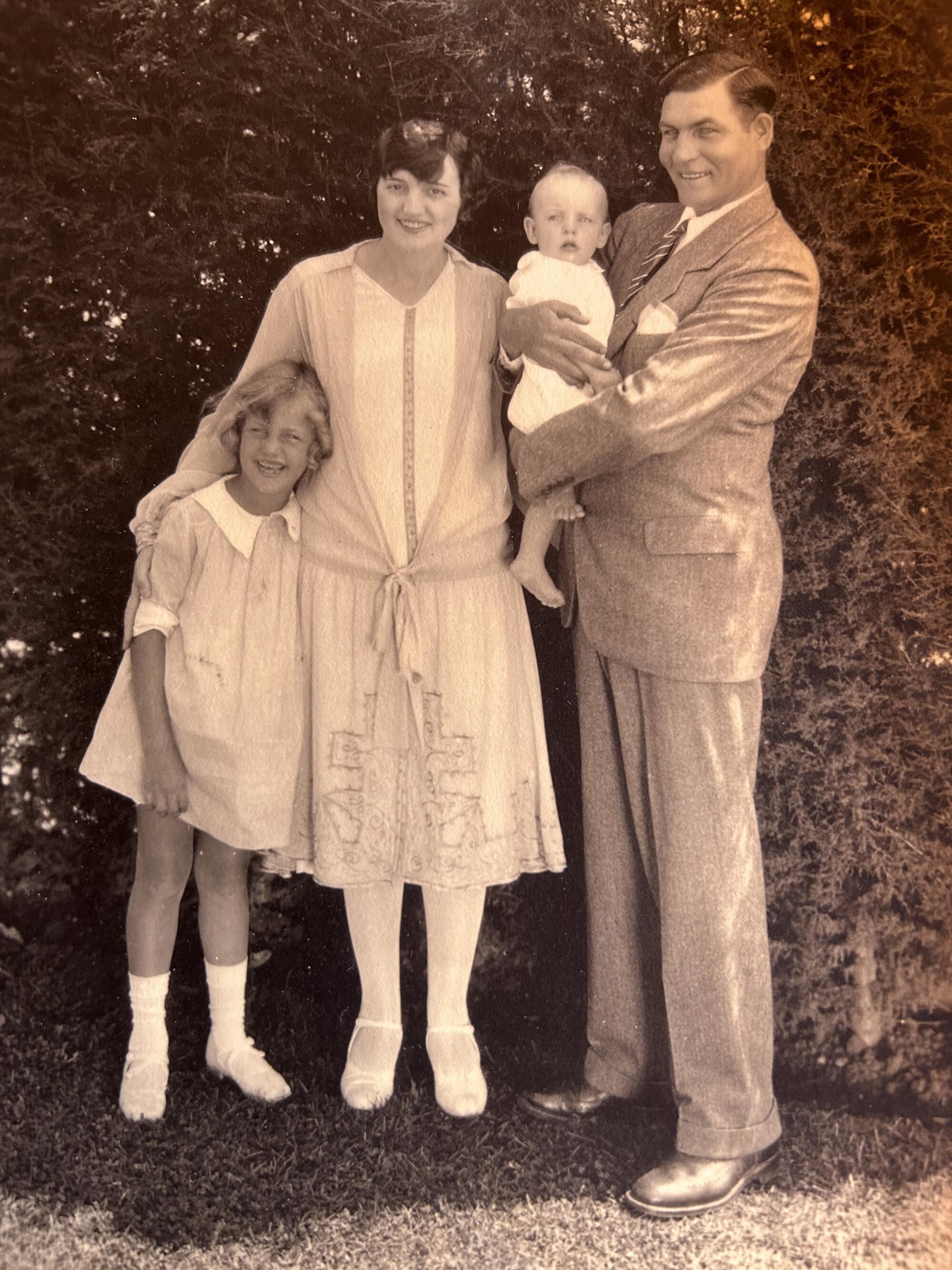
:::
My mother and father divorced before I turned 2, so I have no concept of them as a couple. Early memories of my dad — whose mother, Frances, was Wally’s older sister and my grandmother — are few: random postcards from Oak Creek, Colo., where he lived for a few years, and sporadic visits after he returned to Los Angeles when I was 4 or 5.
Wally was the only relative on my father’s side who acted like “family” in the traditional sense. Plus, he was my only relative with any disposable income. He helped me buy my first car, wired me cash when I was stuck in Europe and attended my college graduation.
He was genteel, offering handshakes rather than hugs. Yet he was a mystery, a lifelong single guy and self-proclaimed moral compass: He took immense pride in having his life together, in being the one who cleaned up the family’s messes and then never letting them forget it.
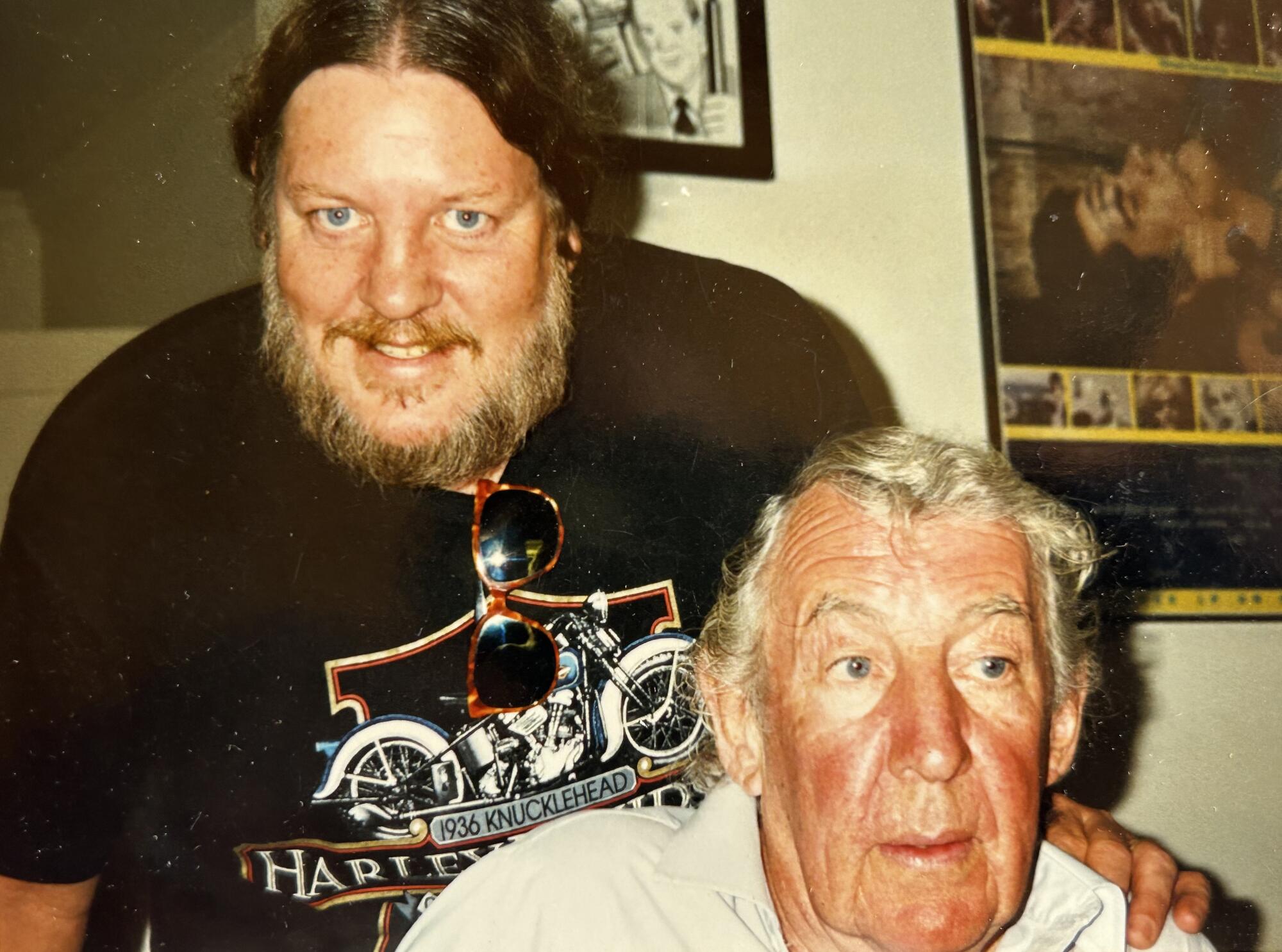
But that started to change when I became Wally’s caregiver a decade ago. My regular visits began soon after my father’s death in the fall of 2013. He’d been diagnosed with aggressive brain cancer and refused treatment, preferring to play out his string sitting on a trashed recliner in the living room of the dusty old Spanish home he shared with Wally as he waited to die.
I chauffeured Wally to the grocery store or to the podiatrist for his favorite indulgence: monthly pedicures. (At the end of his life, he lacked the dexterity to bend his tall and increasingly frail body, already curved like a droopy flower, to reach his feet with any degree of precision.) I opened and read his mail and paid his bills.
And we did a lot of talking.
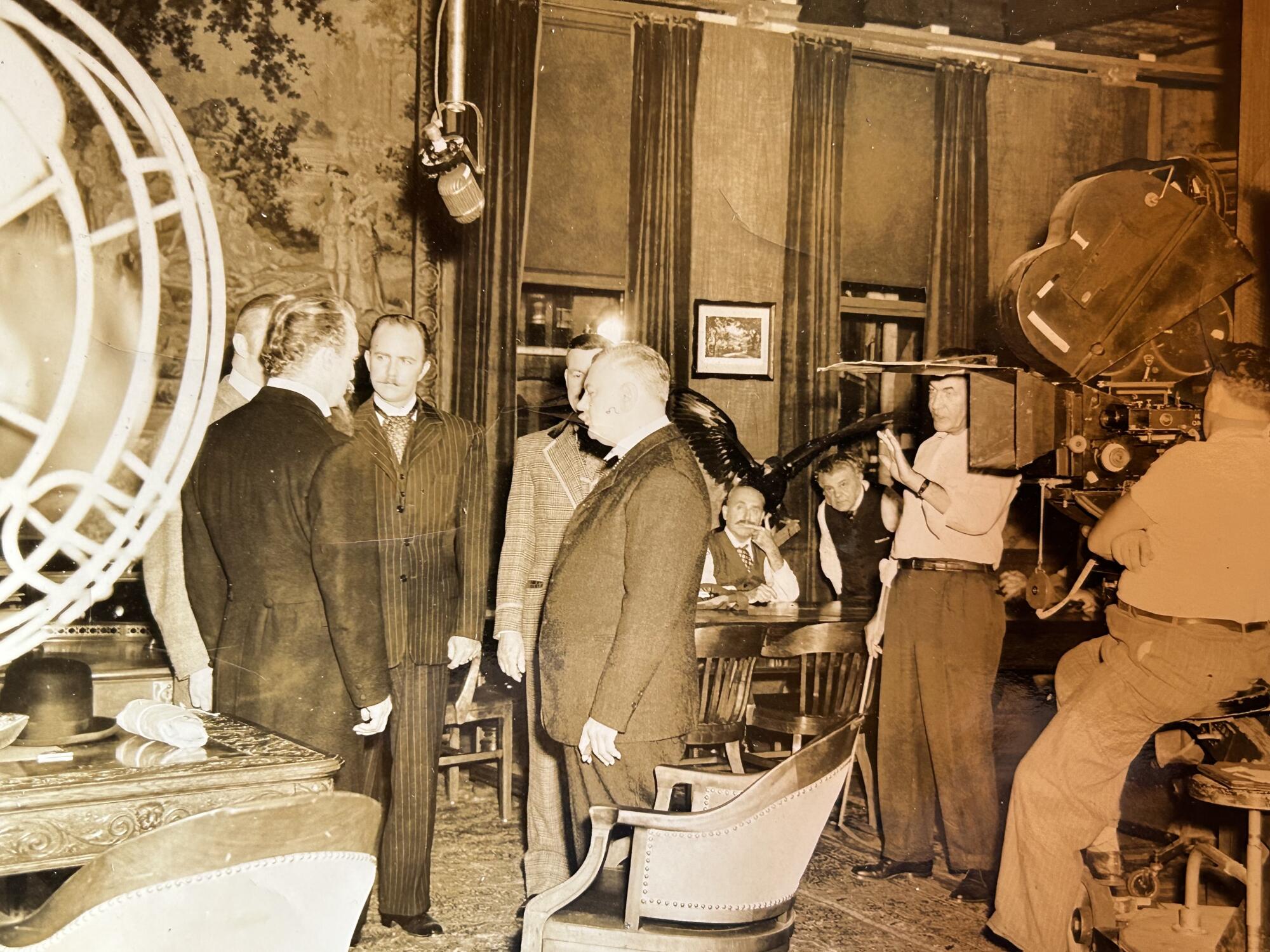
At first, our deepest conversations revolved around groceries. Every Thursday I read him the supermarket ads, because his deteriorating eyesight deprived him of the joy of doing so himself. Eventually, he got comfortable and started reminiscing about the past and about our connection to Hollywood. With each visit, his words chipped away at my emotional disassociation.
Raised on Crescent Drive in Beverly Hills during the Depression, Wally walked Olympic Boulevard when it was a dirt road; later, he bailed my dad out of jail. He had his own difficult relationship with his father, who was born into the Chickasaw Nation in 1894 in the town of Purcell in what is now Oklahoma. “He didn’t have a clue as to what being a parent was,” Wally told me. That sounded familiar.
My Internet search of his father — my great-grandfather — revealed very little. I found just one photo. But he did have a lengthy IMDb page with credits that stretched from 1921 to the early days of television in the 1950s. He was a go-to on the B-movie circuit, directing nearly 100 films and television episodes. Yet the IMDb bio was perfunctory: “There isn’t a lot known about Fox” and he’s “been sort of forgotten by time.”
Through my research, I also learned about Joanna Hearne, an associate professor of film and media studies at the University of Oklahoma with a focus on Indigenous film history. Hearne, it turned out, was something of a Fox family expert.
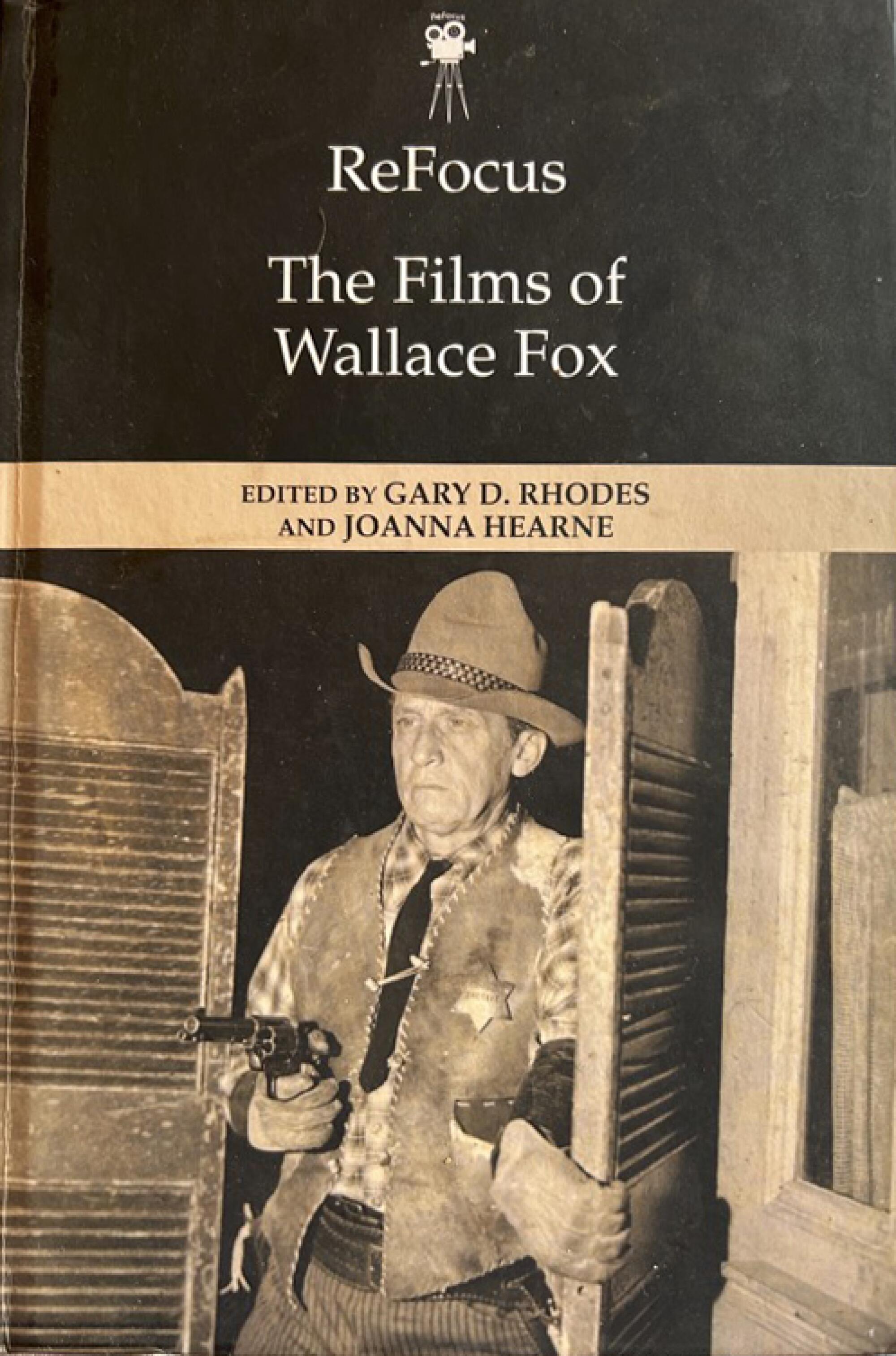
She and her colleague, Gary D. Rhodes, edited the 2022 book “The Films of Wallace Fox” (Edinburgh University Press), a collection of academic essays deconstructing Fox’s role as a malleable cog in the B-movie factory, also nicknamed “Poverty Row.” In 1944 alone, he directed eight films.
“It wasn’t well compensated, but the whole point was you were producing things on an incredibly tight timeline and budget,” Hearne said. “There was a circuit of people and Wallace Fox was known for being in that circuit.” The professor was happy to hear from me, as she confirmed what the IMDb bio revealed: Little was known about Fox other than what could be gleaned from his films. She was the expert on his professional life, and I had Uncle Wally’s stories about the personal lives of Fox and his brothers. We realized we had information to trade.
:::
Wallace Fox’s low profile and long career starkly contrasted with that of his older brother, Edwin Carewe (born Jay Fox in Gainesville, Texas, in 1883), who left a longer trail of biographical breadcrumbs.
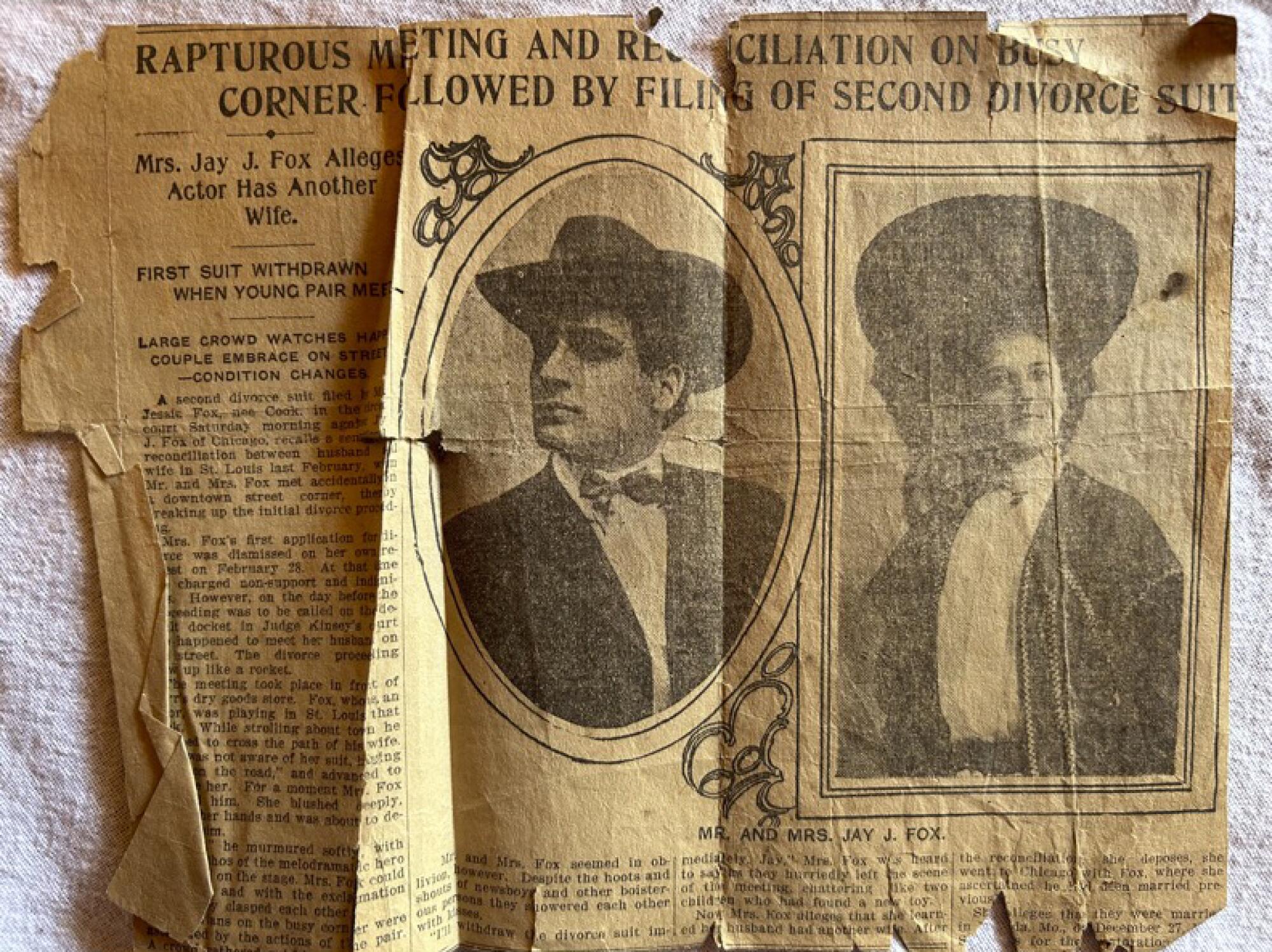
Carewe was a larger-than-life character; as early as 1906, before he’d changed his name, the St. Louis Star-Chronicle reported that, as a young actor performing in town, he was allegedly married to two women at once. He also directed ambitious, silent-era films, including 1924’s “A Son of the Sahara,” 1927’s “Resurrection” and 1928’s “Ramona” (featuring his discovery, Dolores del Rio, whom he hoped to turn into a female Rudolph Valentino). “Ramona” is often referenced as one of the great films of the silent era, but, as with many other early Hollywood players, the talkies took Carewe out of the game.
Carewe’s scenarios often were written by older brother Finis Fox, who was born in 1881 in Caddo, another small town in the territory that would become Oklahoma. Though Finis was less prolific, his life was equally colorful: He directed a few films but also fought in the Spanish-American War, worked as a journalist for the Daily Oklahoman and served in the Chickasaw legislature early in the 20th century. Within the family, he was known as something of a free-spirited rake.
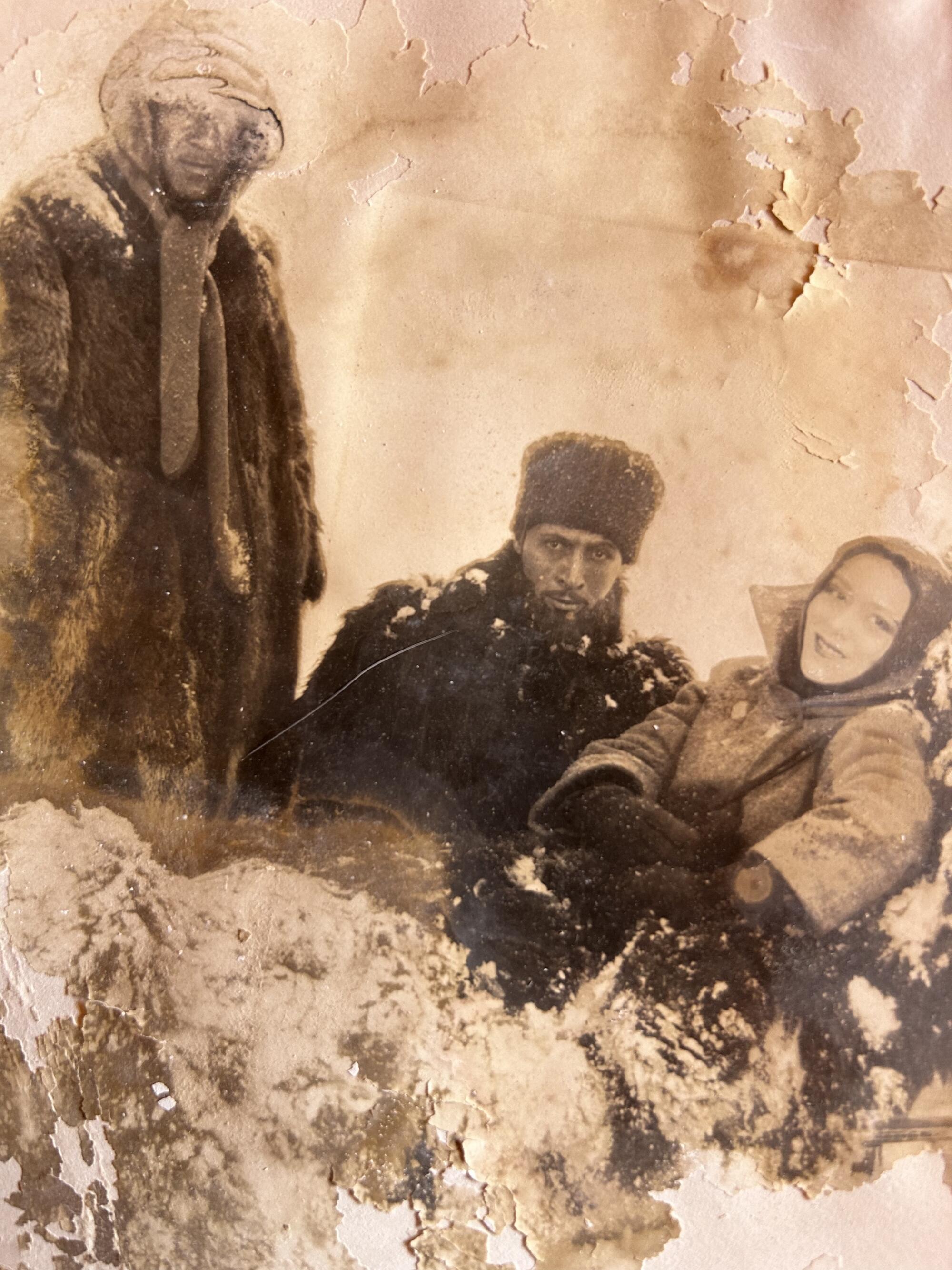
Finis was the naughty brother, according to Wally. “The ’20s were his time to live it up,” he said, recalling his uncle residing at Hollywood’s Garden of Allah Hotel, owning a Town Car — but not driving it — and parading an 18-year-old on his arm well into his 40s. “Finis, he was quite a character,” Wally told me, sighing with hints of both admonition and admiration. Later in life, it was rumored that Finis Fox disappeared to Mexico. He died in San Antonio, Texas, in 1949.
Carewe, though, was the golden child, at least at first. He was an artist and a showman, as skilled at marketing himself as he was at directing silent films. Carewe projected a public image that drove business, according to Hearne, and he often enlisted short story writer and pal Jim Tully to serve as a press agent, biographer and official yarn spinner for his directorial projects. One such story, she said, “revealed” that soon after leaving his Oklahoma home to join a traveling acting troupe, Carewe was waiting to hop a freight train where he encountered Jack London, with whom he allegedly struck up a conversation.
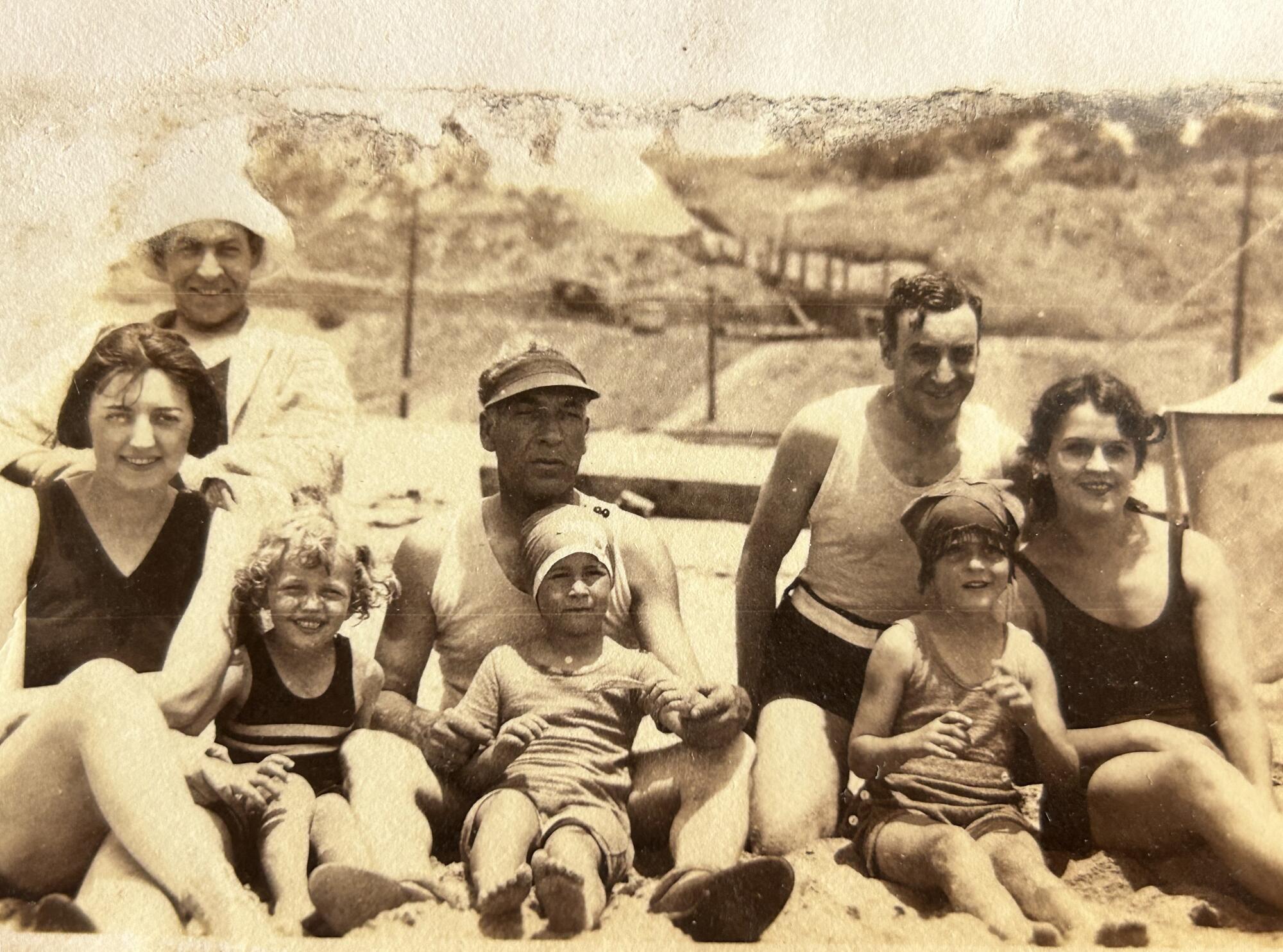
“You have to take the stories with a big grain of salt,” said Hearne. “We don’t have any corroboration of it.”
The Foxes had little trouble gaining traction in Hollywood. According to Hearne, it helped that the brothers were white passing. “The kind of skin-color-based discrimination that someone might have had — they wouldn’t have experienced because they were not identifiable as people of color in any way. So unless someone knew they had Chickasaw heritage it wasn’t apparent. And they controlled that narrative; they marketed it.”
Carewe was especially skilled at leveraging his Chickasaw heritage to promote his projects. “[He] identified and advertised an Indigenous identity for the public,” Hearne said. “And he talked about it in the real cringe-worthy language of the day.”
Using terminology that would provoke 21st century cultural cancellation, Carewe highlighted tropes that white audiences could understand as a way to brand “Ramona” — the story of a woman who was half Native American but raised by a Mexican family — as an authentic telling. “[He] just splashed it all over everywhere about how appropriate he was to direct this story,” said Hearne. “He was not hiding his heritage in any way.”
That hyperbole, however, has limited any sort of accurate academic pursuit of the Fox brothers’ story. “A lot of the scholarship on Indigenous directors and Indigenous actors in the studio system has been from … the marketing,” Hearne said. “Because the marketing materials are all that we have.”
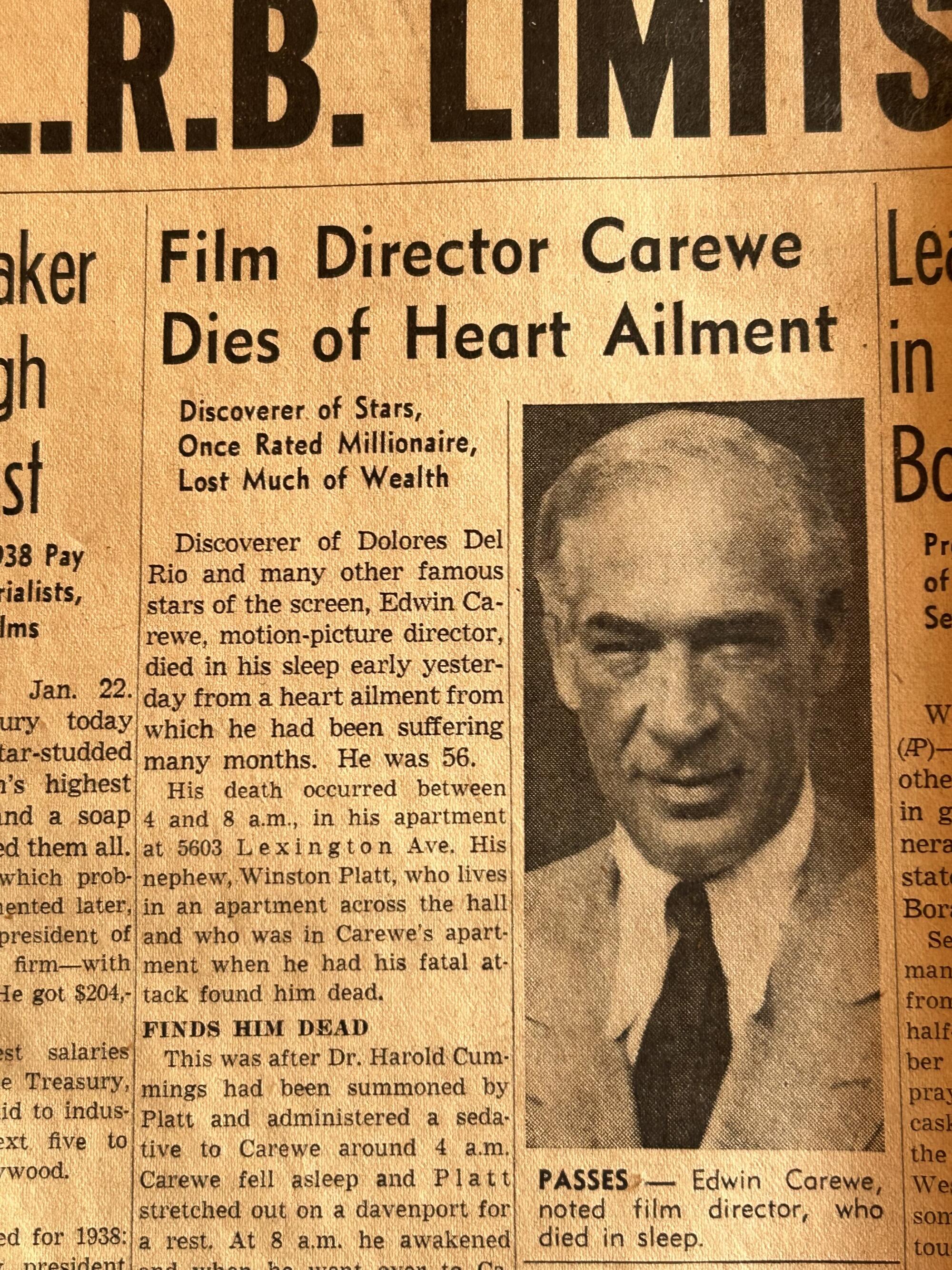
Carewe’s 1940 death was front-page news in Los Angeles, and he was buried at Hollywood Forever Cemetery. By this time, the director had cycled through several post-Hollywood careers, including developing rental properties in the Coachella Valley and dabbling in the garbage business in Texas.
While Carewe’s renown extended well past his actual career, his baby brother Wallace was stealthy as a tortoise. While serving in the Navy in 1919, Wallace got a telegram from Carewe to come to Hollywood, where he began work as a second-unit director on his brother’s films. The youngest Fox brother worked at a steady pace with no one really paying attention. Nor did he seek it — unlike his brother Carewe, Wallace didn’t trade on his Chickasaw heritage to promote his work.
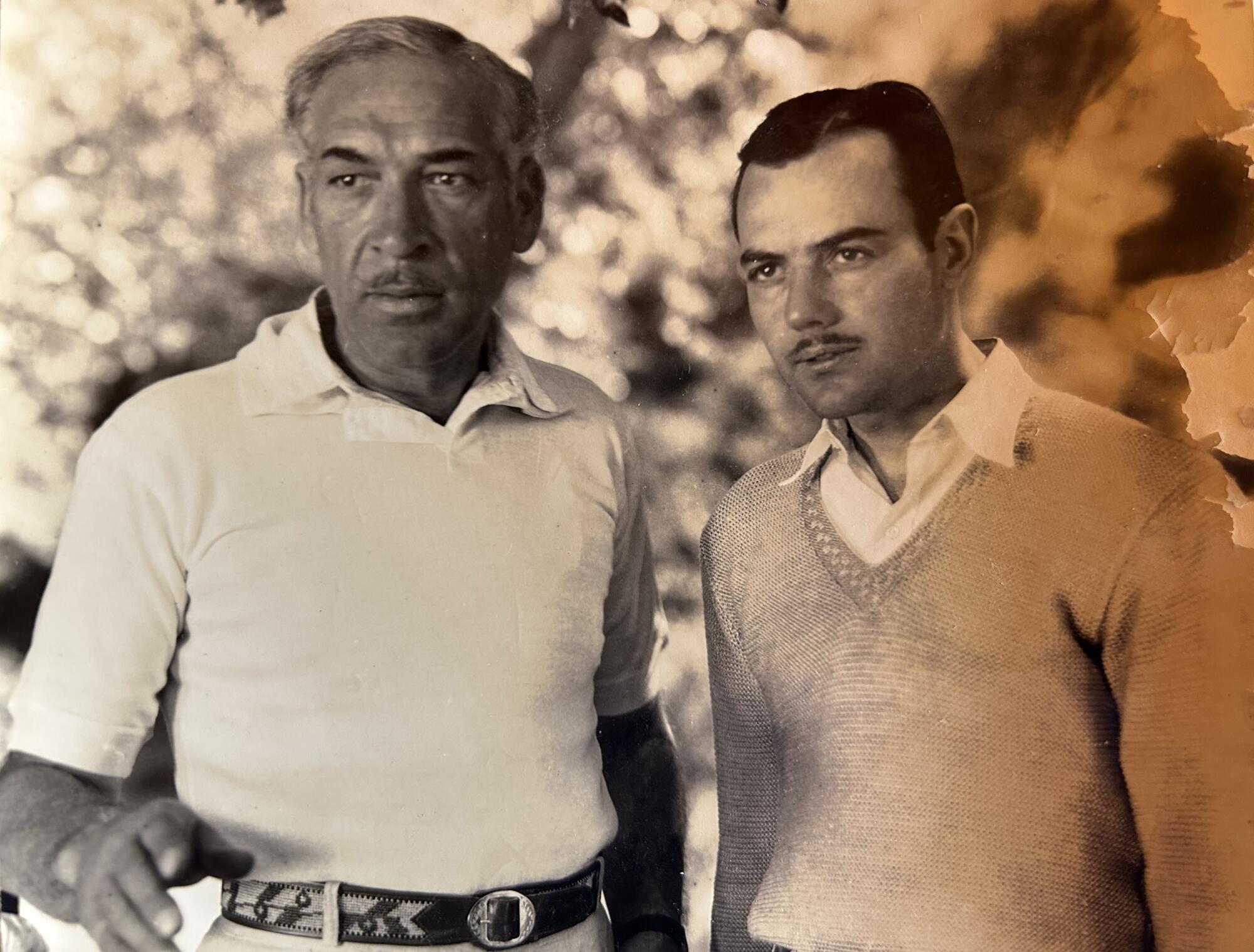
For the record:
1:00 p.m. March 8, 2024An earlier version of this article listed “The Lady Vanishes” as a Wallace Fox film. He directed “The Corpse Vanishes.”
His movies were created frugally, to function as the second half of a double feature. Films like “Pillow of Death’’ and “The Corpse Vanishes’’ have remained in circulation, initially as cheap content to fill the airtime on local TV’s Saturday afternoon “million-dollar movie” formats and as the kind of movie you could purchase for less than two bucks on a DVD at random American truck stops. Now, several of his films can be streamed on Amazon.
Wallace Fox was a clock puncher, a work-for-hire employee who followed instructions — which might explain his limited Internet footprint. He had little control over scripts or even the projects he chose. But, as “The Films of Wallace Fox” points out, there was an art to churning out cheap entertainment in a variety of genres. And, according to Hearne, he made the most of what he had to work with.
Fox directed several titles in the “working girl” genre (including 1944’s “Career Girl” and 1945’s “Brenda Starr, Reporter”). “He made quite a few films with really strong female protagonists,” Hearne said. “They get up and go, they can shoot, they can lasso, they can ride over the horizon and speak up about what they see and they are very strong, outspoken characters.”
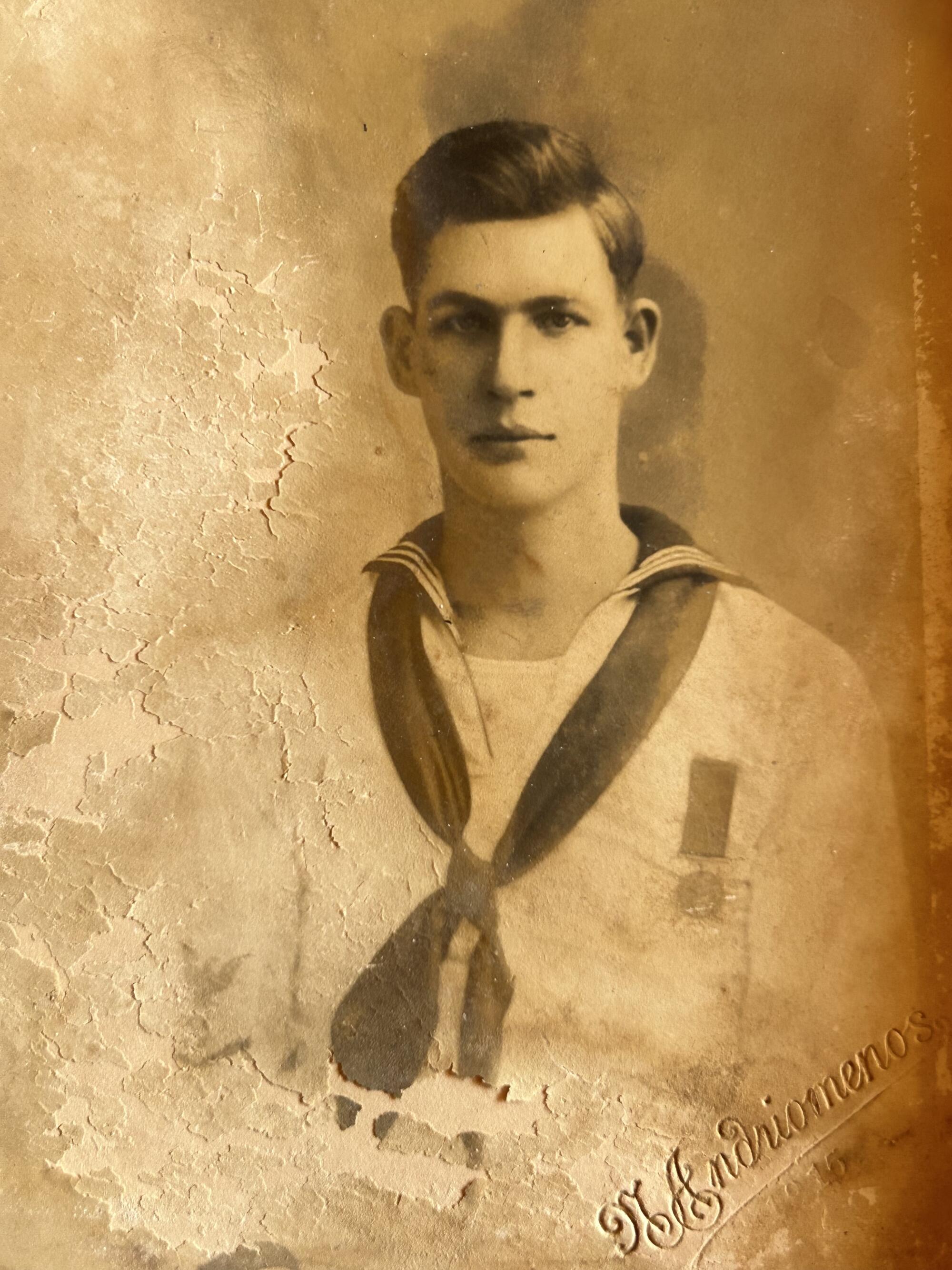
He also worked in genres like horror and the “East Side Kids” series, but Fox’s wheelhouse was the low-budget western. Cowboys and Indians.
So how did the Chickasaw director reconcile that? Very subtly, if at all, Hearne said. His work mostly followed prevailing tropes. Unlike Carewe, a producer and director, and Finis , a scriptwriter, “Wallace had less creative control,” Hearne explained. But she has noticed subtle differences in Fox’s approach. “They are certainly engaging in all the kinds of stereotypical representations that we see,” she said, “but they’re largely the sympathetic kind. I suspect that within the conditions of possibility or impossibility for him ... at that time, that was maybe a deliberate choice.”
Mostly, though, Fox stuck to the script, because that was the gig, even when he transitioned to TV, working on projects like “The Gene Autry Show” and “Ramar of the Jungle.” He was an expert at leaving no footprint.
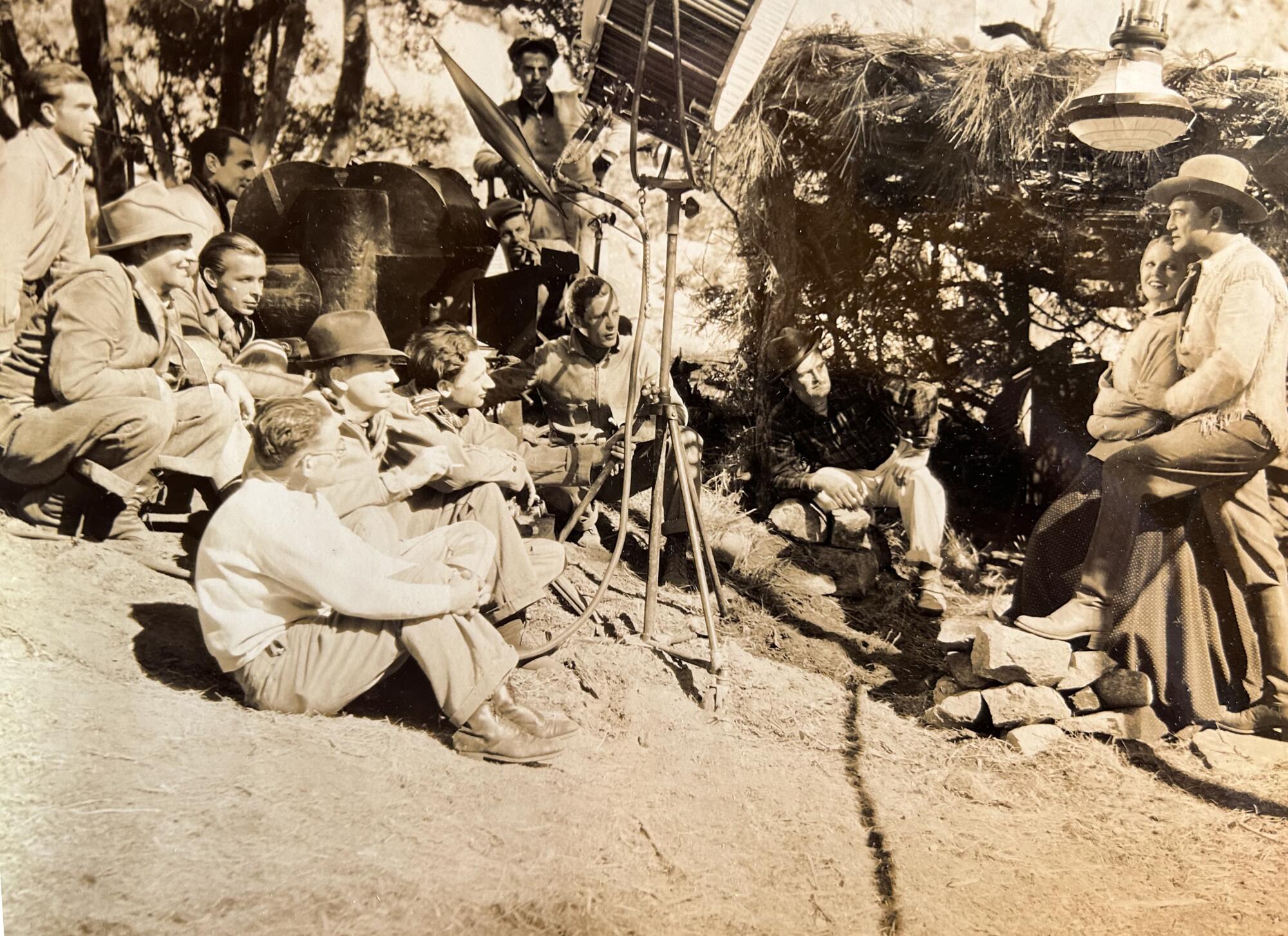
After the TV jobs dried up, Fox and his wife, Cleo, moved to Detroit, where he directed auto industry sales and instructional films until he died in 1957.
:::
My excavating also led to some less elegant skeletons. The father of Wallace, Finis and Jay Fox was a white man named Frank Fox, who joined the Texas Cavalry when he was 15 and served four years in the Civil War, fighting for the Confederate Army, before marrying Sallie Priddy, an Indigenous woman whose lineage traced to Chickasaw Nation secretary (and Chickasaw Hall of Fame member) John McLish, a man who had President Andrew Jackson’s ear and was instrumental in settling Chickasaw Nation territory in what is now Oklahoma.
Unlike “Killers of the Flower Moon,” however, there’s no evidence this was a nefarious marriage. “I don’t think that this was the kind of marriage that was purely for either the takeover of the land or the acquisition of citizenship,” Hearne said.
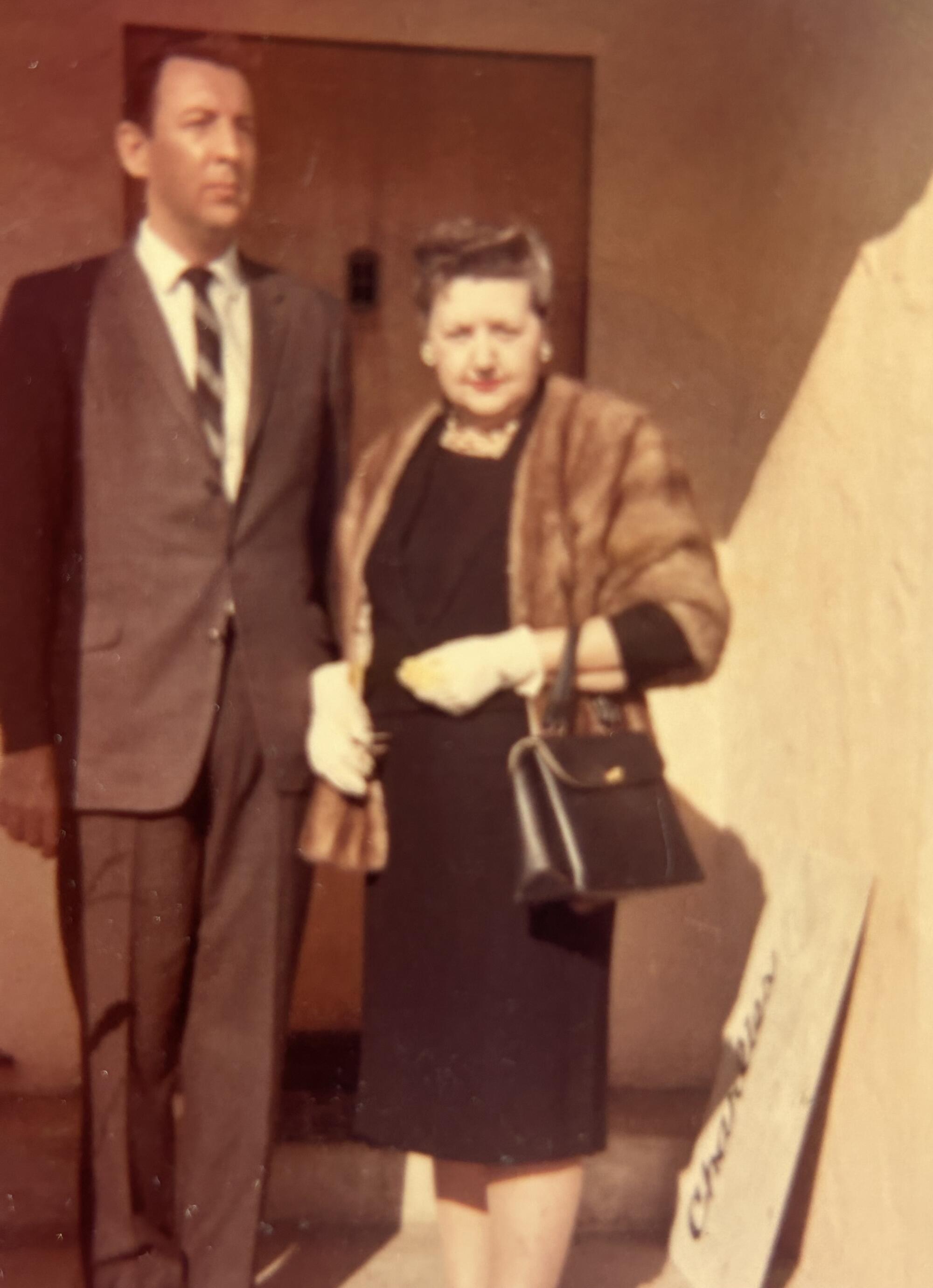
After 28 years of marriage, Sallie died in 1899. When Frank Fox remarried, Wallace, at age 6, was shipped off to a military academy in San Antonio. He remained in boarding schools until he joined the Navy at age 16. He was deployed in France during World War I and remained in the military until he was 25.
Wally described his father as a stoic, socially awkward man, which he attributes to his growing up without the affection of loved ones. He said he never felt like he knew much about Wallace Fox, other than his love of the sea. Communication was sparse.
Eight decades later, my Uncle Wally’s memory was freshest when remembering three symbols of their relationship: a basketball backboard, a BB gun and an oversize train set. They were among the gifts from his father, Wally noted, and evidence he knew very little about his own son.
“He bought all this stuff for me,” my uncle said, “but he never discussed what I might like or might even want, and I think it was because he didn’t have a childhood of his own.” At the age of 96, Wally was still the disappointed child, whose dad was a stranger to him.
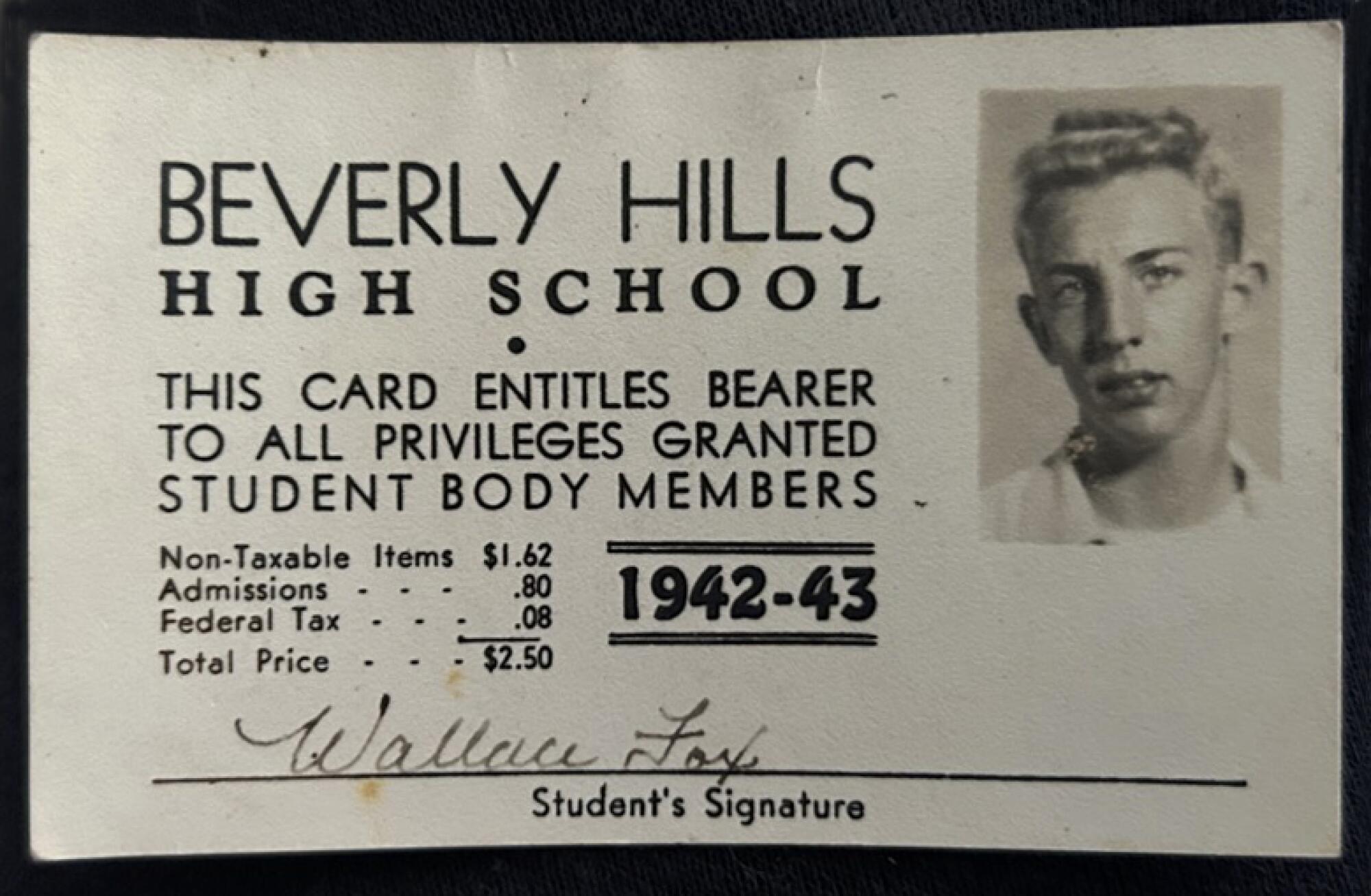
“This was not an intentional thing. It was just something he was unable to manage from any of his previous experiences,” Wally said, trying to explain it away. “And having been in the Navy for nine years he was used to a certain order.” His father’s brothers, Finis and Edwin, were raised by their parents, but Wallace was never allowed to just be a child. It would seem, perhaps, that the attributes that made him a skillful director of low-budget films were what made him ill-equipped as a parent: He was analytical, withheld emotion and was less focused on connection than results.
In many ways, I felt that same lack of paternal compassion, and I have very consciously attempted to alter the course of that toxic DNA. I was in my 30s before I became a parent, and my wife and I took a heightened interest in the lives of our son and daughter, perhaps bordering on the “helicopter” approach but trying to be available to them — to talk, to help with homework, to drive them here and there and to be present at all dance recitals and baseball games.
***
When I began to clean out Wally’s house after his death, I found memories of his father scattered throughout, a proof of life that can’t be explained on a Wikipedia page. There were scripts, telegrams, contracts, prop guns, movie posters, postcards from the Navy to his beloved Cleo, and monogrammed lighters and matchbooks. The kinds of things you stuff in a drawer and forget about.
There were photos stashed everywhere, many tucked into the stacks of Yellow Pages phone books in Wally’s bedroom closet, warped and stained from water damage. Production stills, family photos, the three Fox brothers with their wives and kids. Old-time pictures of people I don’t recognize.
Although I’ve donated many of the physical artifacts to the University of Oklahoma for Hearne to study, my interest — perhaps verging on obsession — in learning about my Chickasaw ancestors continues to grow as I connect more dots. I believe that the more I learn about the Fox family, the more I’ll understand myself.
Of course, I share each new revelation with my family as if I’ve discovered the Rosetta Stone, and they care about this a lot less than I do. Nevertheless, I remain stubbornly undeterred even in the face of their indifferent politeness.
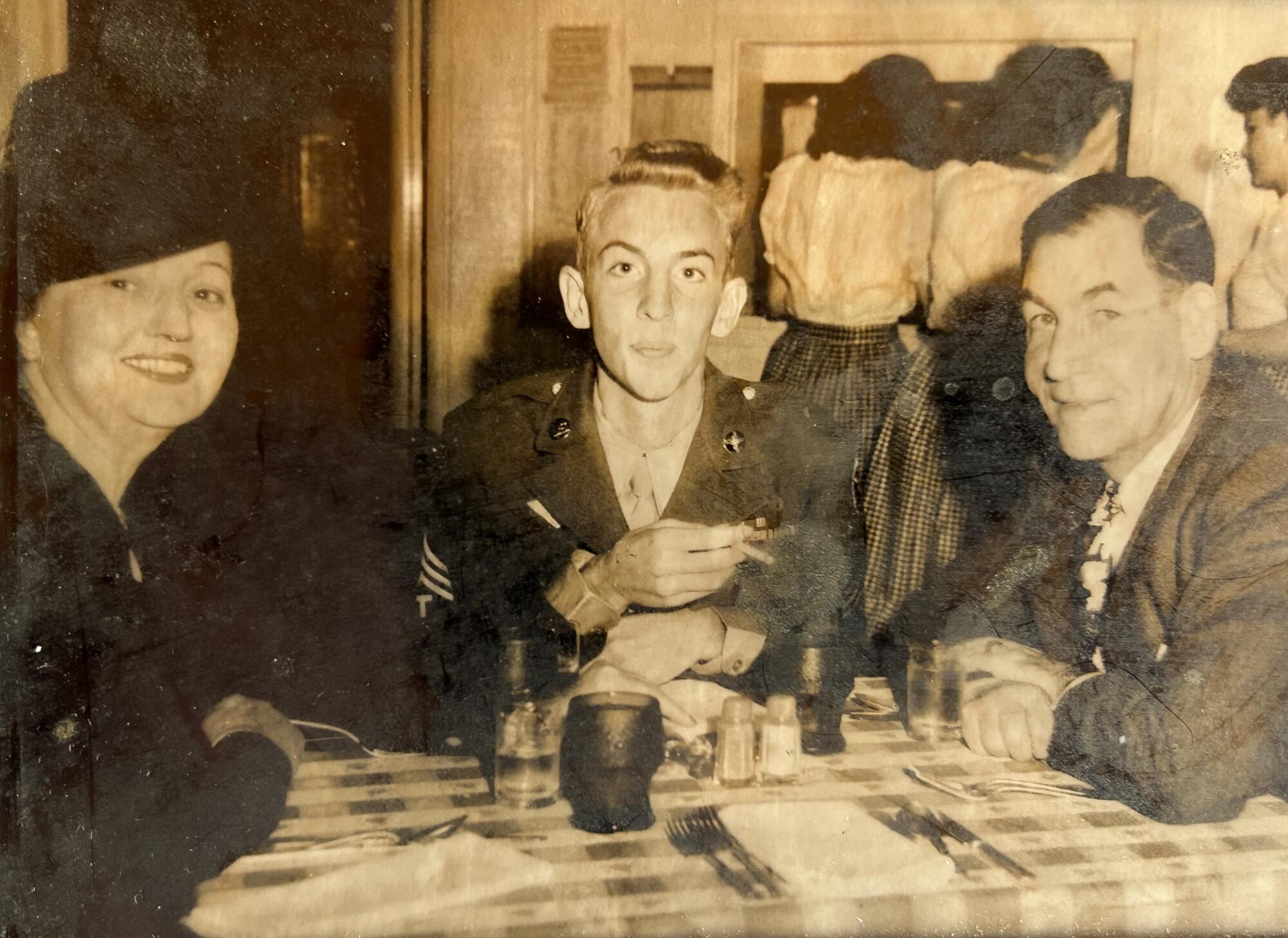
But some of my passion permeated those invisible barriers. When my daughter, Liv, filled out college applications for the University of California system, five short essays were required, giving students a chance to make an impression beyond bloodless grades and GPA.
The final bit of writing — an optional sixth essay — involved a deceptively difficult question: “What do you want to tell us that we don’t know?” The five essays had been a struggle, but this question got a quick response.
Liv wanted to write about identity, what she’d learned about the family’s Chickasaw Nation history and how it differed from everything she’d previously connected to. She too is starting to understand the complexity of identity; that we are a composite of many elements, some of which we may not even be aware of until we burrow deep into a rabbit hole to find them.
More to Read
The biggest entertainment stories
Get our big stories about Hollywood, film, television, music, arts, culture and more right in your inbox as soon as they publish.
You may occasionally receive promotional content from the Los Angeles Times.










